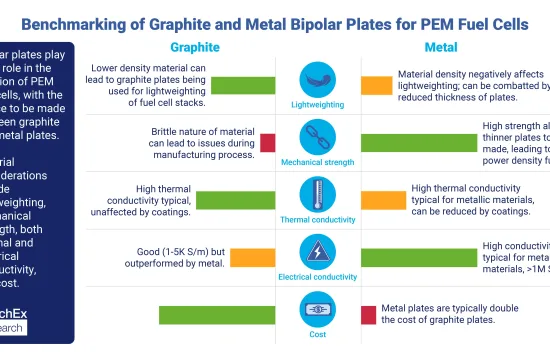Researchers in Malaysia are asking whether existing legal and regulatory frameworks in South-East Asia are robust enough to consider the safety issues surrounding the technology.
 Hailed by some as the “next industrial revolution”, nanotechnology is likely to have far reaching impacts on every aspect of our lives, from the clothes we wear to the medicines we take.
Hailed by some as the “next industrial revolution”, nanotechnology is likely to have far reaching impacts on every aspect of our lives, from the clothes we wear to the medicines we take.
The International Labour Organization has predicted that by 2020, 20% of all consumer and industrial products will use nanotechnology.
“Nano” means “dwarf” in Greek. One nanometre is one billionth of a metre or one millionth of a millimetre. If you had 80,000 nano-sized particles in a row, they would still only be the diameter of a human hair.
This is a world so small that it cannot be seen through a light microscope. However, the properties that make nanotechnology so promising – the ability to manipulate matter at atomic and molecular levels – have also raised health and safety concerns given the incredibly fast research developments in this field. Various countries have developed online programs, such as the European Community’s “Nanopinion”, to educate their citizens about nanotechnology as well as review regulations surrounding nanotechnology research.
Legal researcher Mohammad Ershadul Karim at the University of Malaya is looking into the legalities of nanotechnology research in Asia. Karim has found that there are significant challenges to developing a proper legal framework as our understanding of the exact dangers of nanoparticles on human health and the environment is limited.
For example, in laboratory testing, there is evidence to suggest that carbon nanotubes can damage lung tissue and cause scarring, but the ultimate and exact long term dangers of these nanomaterials on human health and the environment are yet to be confirmed. As a result, some governments are already imposing restrictions. Denmark’s Environmental Protection Agency, for example, has banned the use of nanoenhanced dirt-resistant floor sprays.
Although legislation exists on chemicals, pesticides, food and water in most South-East Asian countries, there is no specific and comprehensive regulation on nanotechnology so far.
On the positive side, Singapore is leading the way in terms of research publications and patents. Meanwhile, Thailand has set up a Nanosafety Information Center and introduced a “nano-mark” system for paint, textile and household products to provide safety information for consumers.
Most South-East Asian countries now have general policies on nanotechnology at the national level. For example, in 2009 the Philippines launched a 10-year strategy to create a viable nanotechnology industry. However, in a paper published in the journal Technological Forecasting & Social Change, Karim argues that the adequacy of the region’s nano-safety laws will require continued assessment as research develops.
While Karim’s research is ongoing, he anticipates that Malaysia, as a country that inherited its legal system from English common law, would do well to have a regulatory framework in line with other common law countries such as the UK, Australia and New Zealand.
DID YOU KNOW?
Examples of nanotechnology abound in nature. For example, geckos can hang upside down on the ceiling thanks to millions of tiny hairs, which allow the lizards to support 200 times their own weight.
At the nanoscale, properties change – including thermal, mechanical, magnetic and electronic. Forces of attraction between surfaces can appear to be weak on a larger scale but are strong at the nanoscale. One reason for this is the surface area to volume ratio, which is very large in nanoparticles.
By manipulating materials at the nanoscale, scientists could make products that are stronger, more durable, lighter and “smarter” – i.e. capable of modification based on changing environmental conditions. Today nanotechnology is found in everything from tennis rackets and clothing to sunscreen and DVD players.







